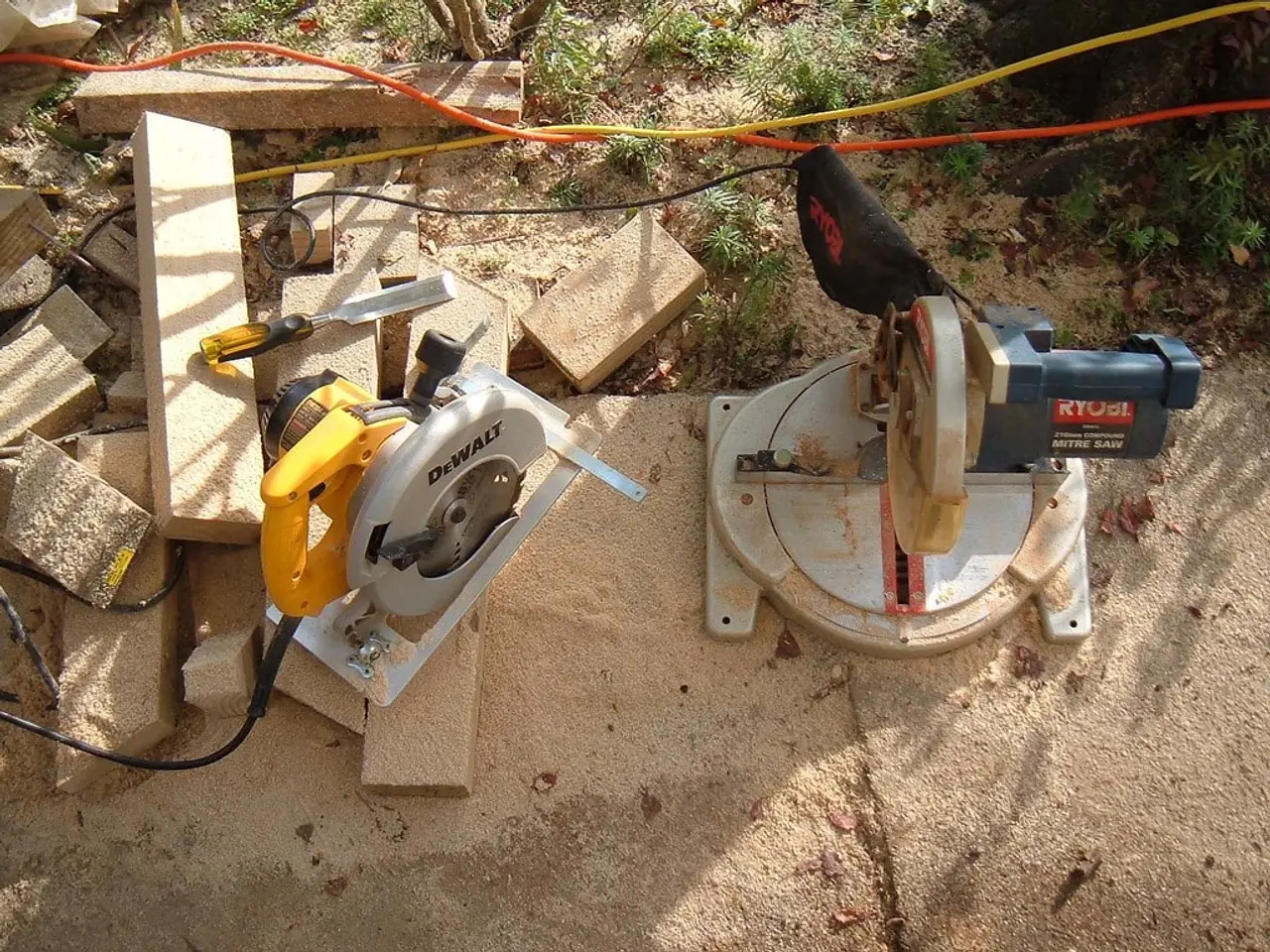A Comprehensive Overview on Selecting Superior Garden Maintenance Chainsaws
In the pursuit of a well-kept garden, a reliable cutting chainsaw can be an invaluable tool. This article provides a comprehensive guide on selecting the right chainsaw for your garden needs and maintaining it for optimal performance and safety.
Choosing the Right Chainsaw
When choosing a chainsaw for garden care, key factors to consider include:
- Engine or Motor Power: Gas-powered chainsaws generally offer more power suitable for tough jobs, while electric (corded or battery) chainsaws are quieter and better for lighter, less frequent use.
- Bar Length: The bar length, measured in inches, affects the maximum diameter of wood you can cut. Light-duty chainsaws typically have bars from 12 to 14 inches for small branches and trimming; general-purpose saws have 16 to 20 inches bars suitable for medium to larger garden tasks; professional saws have bars 22 inches or longer for heavy-duty cutting.
- Safety Features: Essential safety features include a reduced-kickback chain, chain brake, throttle lock, chain catcher, and anti-vibration technology.
- Maintenance Requirements: Chainsaws need regular maintenance for safety and longevity, such as keeping the chain sharp and properly tensioned, cleaning air filters, and inspecting for wear or damage.
Additional considerations include weight and ergonomics for ease of handling, and bar size compatibility if you plan to change bars or chains.
Maintaining Your Chainsaw
Proper maintenance, including regular sharpening of the chain, cleaning the air filter, and checking oil levels, is essential for a well-maintained chainsaw. Regularly inspect the chainsaw for signs of wear or damage and replace parts as necessary.
Safety features, such as chain brakes, anti-vibration handles, and automatic oilers, should be prioritized. Wearing protective gear, including gloves, safety goggles, ear protection, sturdy footwear, a helmet with a face shield, is essential when operating a chainsaw.
Before starting the chainsaw, ensure the chain is correctly tensioned and the bar is securely attached. Clearing any obstacles before beginning work with a chainsaw is also important.
Environmental Considerations
By making environmentally responsible choices, you can enjoy a well-maintained garden while also doing your part to protect the planet. Proper disposal and recycling of old chainsaws and batteries can further mitigate environmental harm. Many manufacturers are now focusing on eco-friendly designs, offering chainsaws with reduced emissions and improved energy efficiency. Opting for electric or battery-operated chainsaws can reduce carbon footprint and promote a greener garden care routine.
In summary, match the chainsaw’s power and bar length to the typical size of wood in your garden, prioritize safety features to reduce injury risk, and consider how much maintenance you are willing to perform. For small garden care, an electric chainsaw with a 12- to 16-inch bar and good safety features may be ideal, while larger, gas-powered saws with longer bars may be needed for heavy cutting.
The task of maintaining a well-kept garden can be challenging yet rewarding. With the right tools and maintenance practices, you can simplify garden care and enjoy a beautiful outdoor space.
Maintaining a beautiful home-and-garden outdoor space might involve selecting the perfect home-and-garden tool, such as a reliable and well-maintained chainsaw, for tackling various garden tasks efficiently.A well-chosen home-and-garden chainsaw should have the right amount of power, supplemented with essential safety features and maintenance practices, to ensure a safe and enjoyable lifestyle in your home-and-garden.





